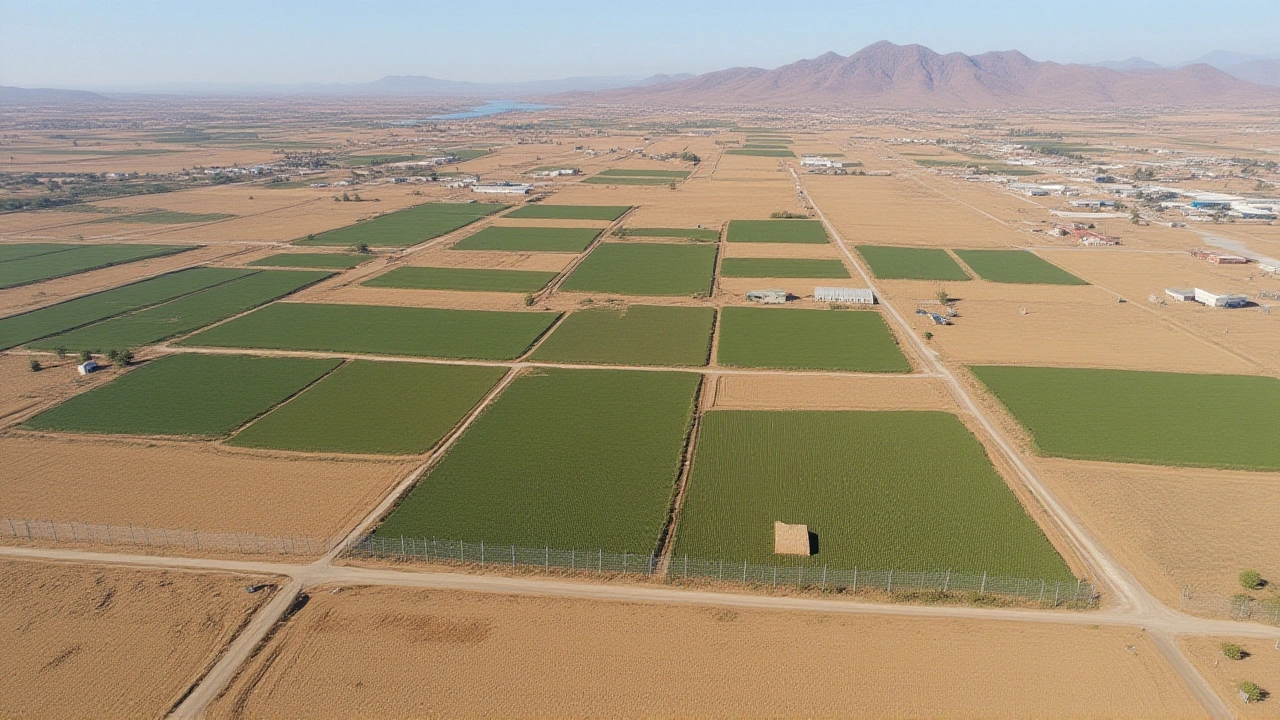Berg River Loadshedding Pilot: What You Need to Know
South Africa’s power grid has been under stress for years, and Eskom’s latest experiment – the Berg River loadshedding pilot – is a direct response. The pilot targets a specific stretch of the grid that feeds the Western Cape, using the Berg River dam as a backup source. In plain terms, it’s a test to see if we can reduce blackouts by smoothing out supply when demand spikes.
How the Pilot Works
The plan is simple. When the national grid signals a shortage, water from the Berg River dam is pumped to a small hydro‑electric station. That station then feeds extra electricity back into the local network, cutting the need for traditional loadshedding. Eskom has set clear thresholds: if the grid drops below a certain frequency, the hydro station kicks in automatically.
Because the hydro unit is tied to a renewable source, the pilot also serves as a proof‑point for greener load‑balancing. It isn’t meant to replace large‑scale power plants, but it can buy time – enough to avoid a three‑hour blackout for households and businesses in the area.
Why This Matters for You
If you live in Cape Town or the surrounding suburbs, the pilot could mean fewer surprise power cuts. The system is designed to keep lights on during peak evening hours, when people are cooking, watching TV, or working from home. For small business owners, that reliability can translate into steady sales and less equipment damage.
Beyond convenience, the pilot offers a glimpse of how South Africa might diversify its energy mix. By tapping into water‑based power on a regional level, Eskom can reduce the strain on coal‑fired stations. That, in turn, helps lower emissions and brings the country closer to its climate targets.
Critics argue the pilot’s impact will be limited because the hydro capacity is modest – roughly 10 MW – compared to the grid’s overall demand. Eskom counters that even a small buffer can prevent cascading failures, especially when combined with other demand‑side measures like voluntary load‑reduction campaigns.
Another practical angle is cost. The Berg River project uses existing infrastructure, which keeps expenses down. Residents won’t see a new tariff for the pilot; the costs are absorbed into Eskom’s broader budget, which already includes a portion for renewable initiatives.
So, what should you do? Stay informed. Eskom will release regular updates on the pilot’s performance, often via its website or local news. If you notice fewer loadshedding notifications in your area, that could be a direct result of the Berg River system doing its job.
In the longer run, the pilot may serve as a template for other regions. If the Western Cape sees measurable improvements, provinces like Gauteng or KwaZulu‑Natal could adopt similar water‑linked solutions. The key takeaway is that targeted, localized projects can complement national strategies, offering a more resilient power supply for everyone.
Bottom line: the Berg River loadshedding pilot is a focused, low‑cost experiment that aims to smooth out power shortages using water‑based energy. Its success could mean fewer blackouts for you, a step toward greener power, and a blueprint for future projects across South Africa.
A new pilot project in the Berg River Valley is giving local farmers a way around relentless loadshedding. Partnering with Eskom, the scheme blends solar, battery storage and smart irrigation controls. Early results show reduced power cuts and steadier crop yields. The initiative could become a template for other rural water users facing South Africa's energy crisis.
Recent-posts
Dec, 9 2024






